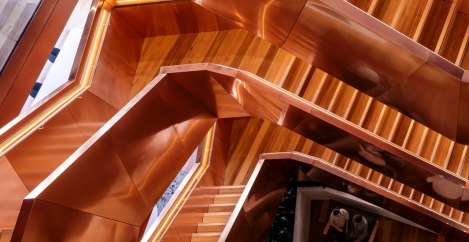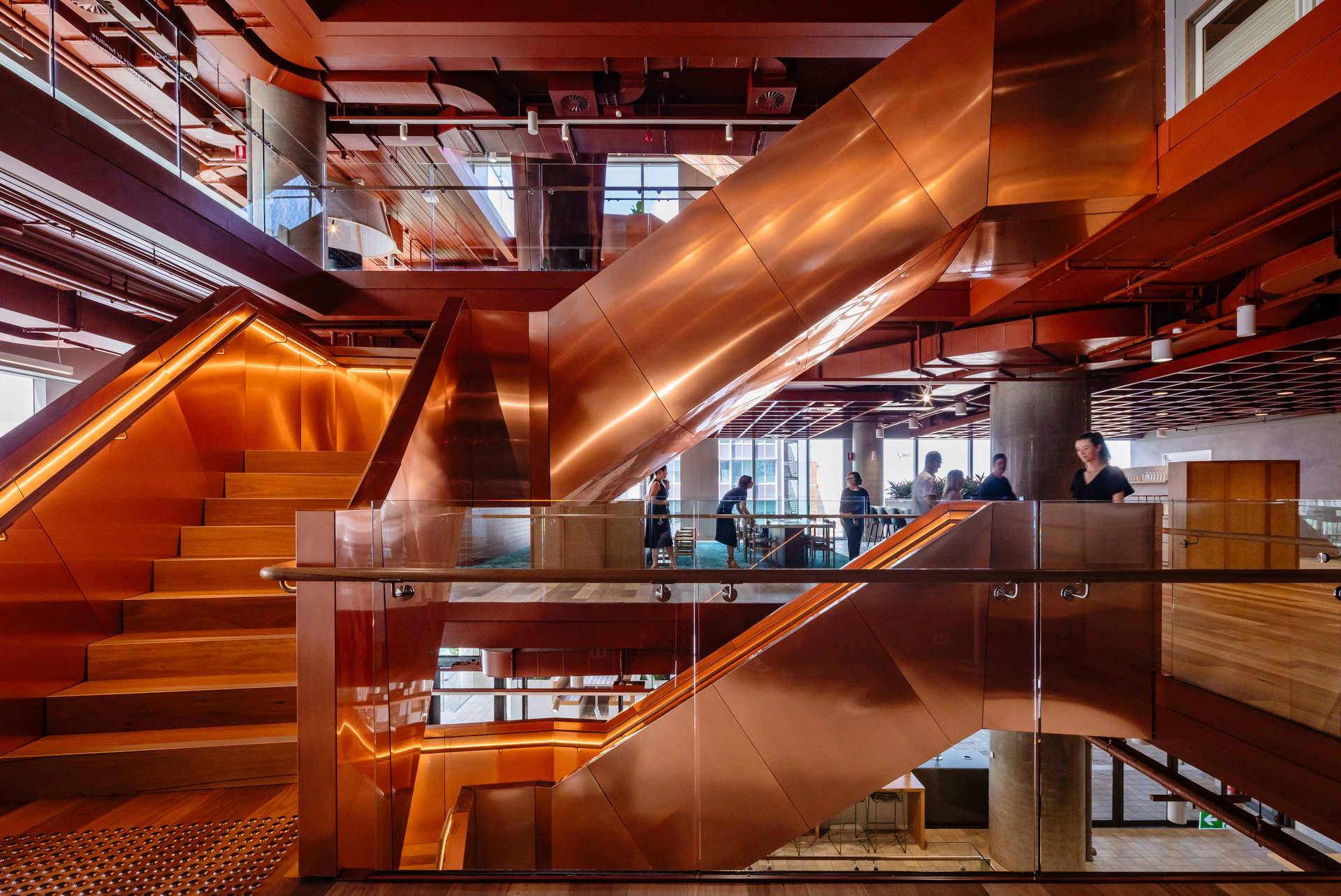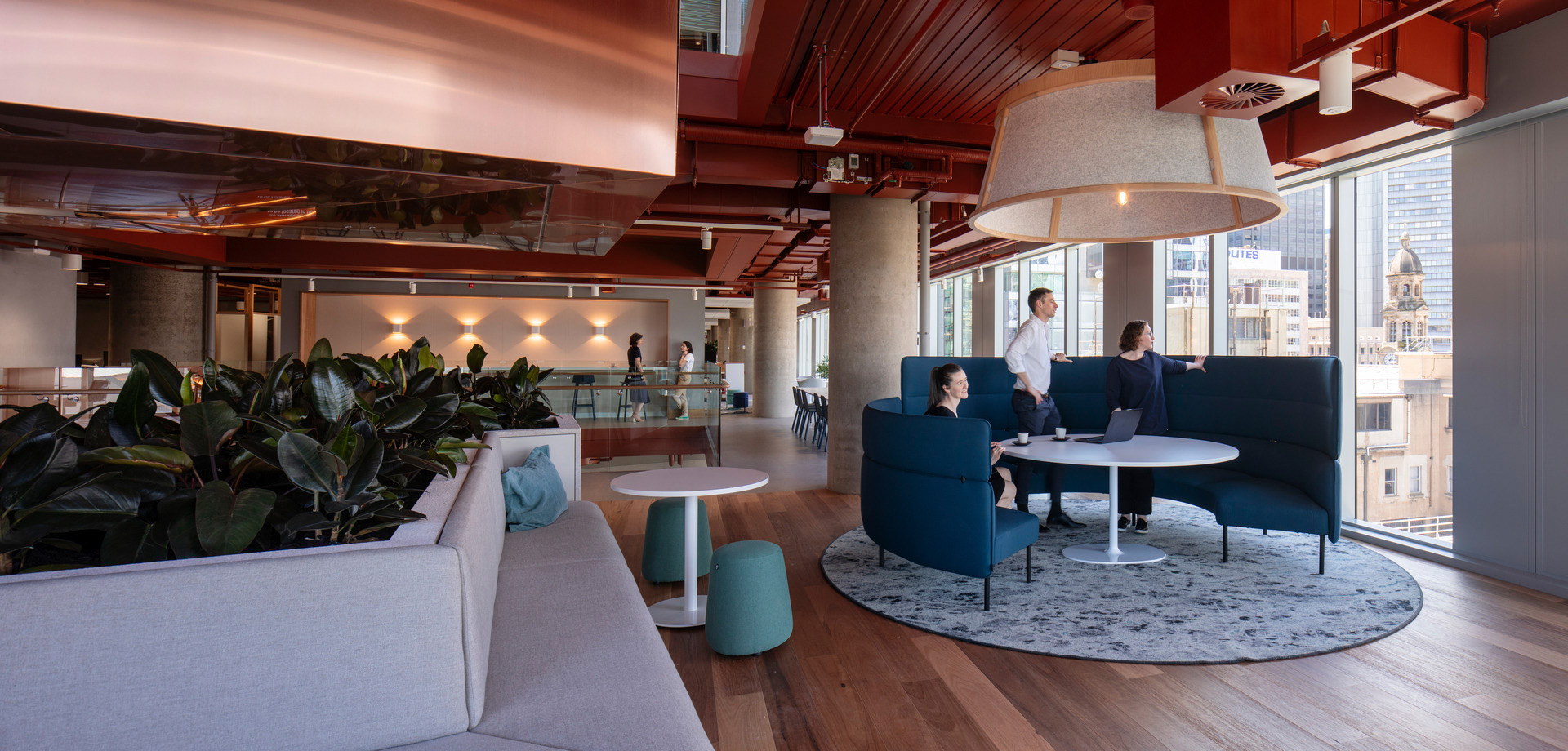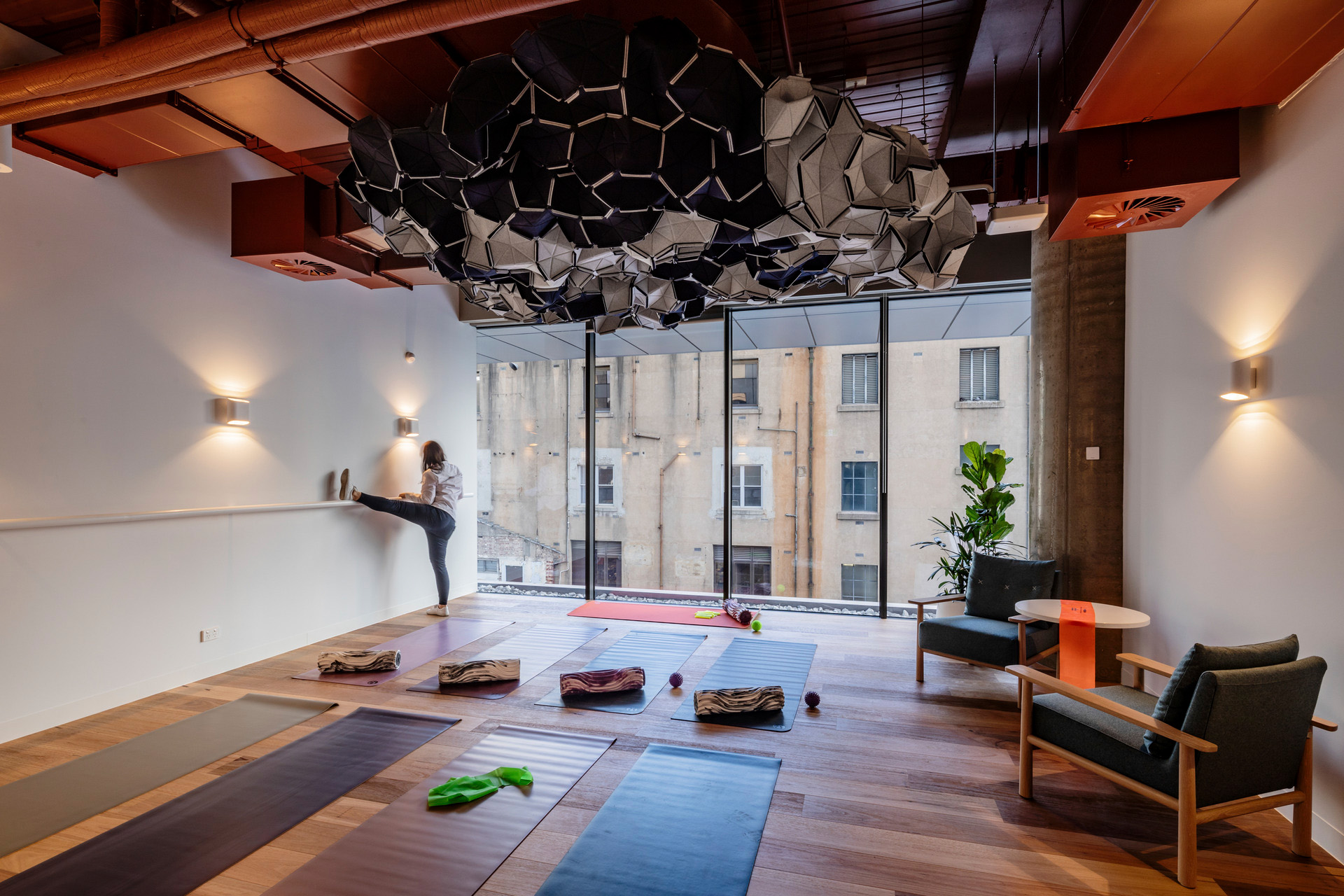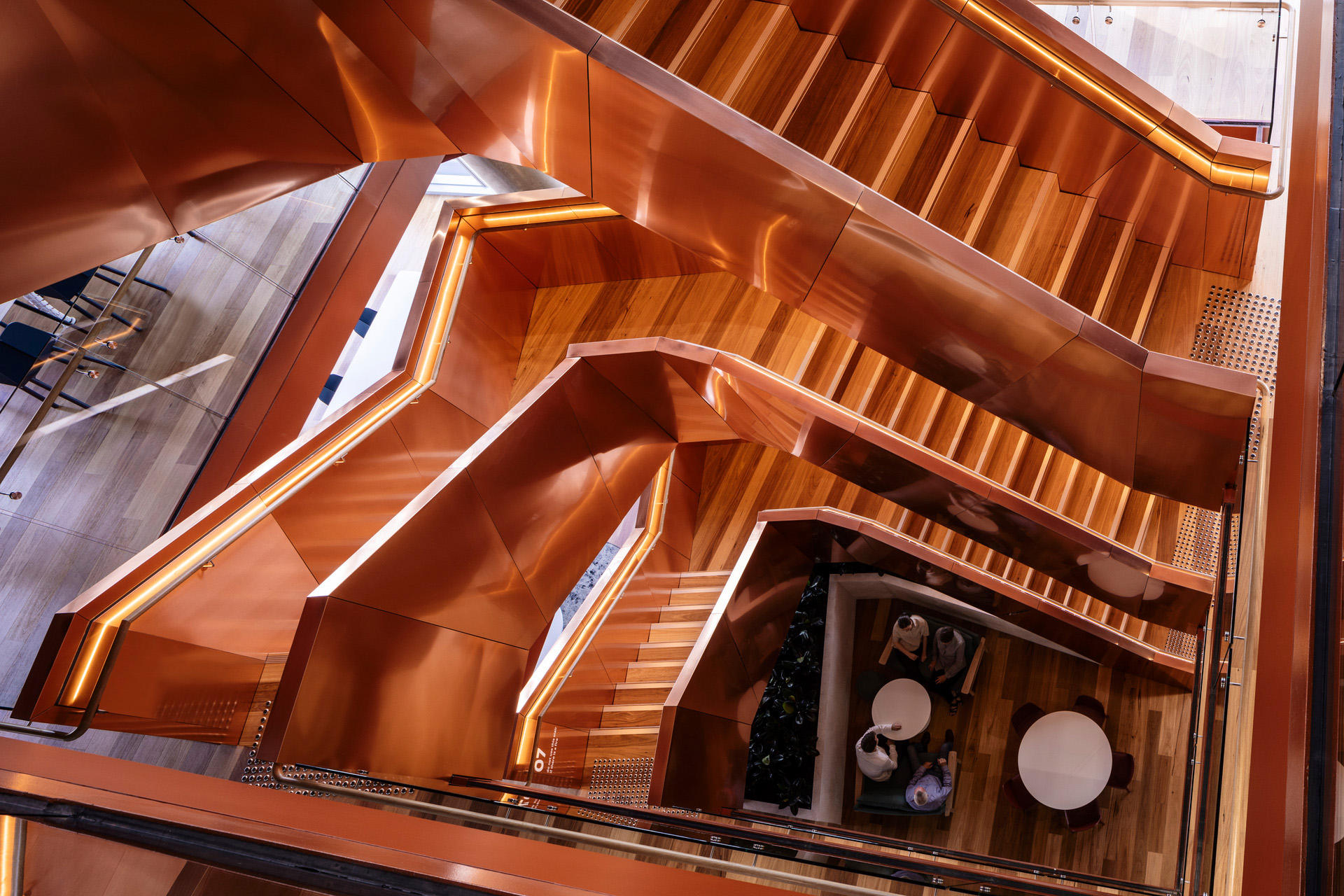February 4, 2022
Want people to return to the office? Then create the best office in the world
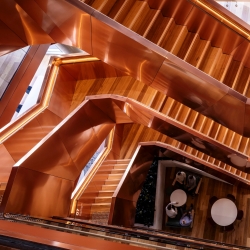 More obituaries have been written for the office in the past two years than at any time in history. It has often seemed like even the best office in the world couldn’t preserve the idea of the office. And it’s not like the obituaries were all that rare even before the pandemic forced us to reappraise our relationship with work and the times and places we do it. While all these death notices were being served, one particularly well-informed organisation was making some more interesting observations about it all. In particular, it constantly raised the most fundamental question of all.
More obituaries have been written for the office in the past two years than at any time in history. It has often seemed like even the best office in the world couldn’t preserve the idea of the office. And it’s not like the obituaries were all that rare even before the pandemic forced us to reappraise our relationship with work and the times and places we do it. While all these death notices were being served, one particularly well-informed organisation was making some more interesting observations about it all. In particular, it constantly raised the most fundamental question of all.
Why were so many people describing better experiences of working from home than they were when working from an office? How was it that a location not designed for work, was consistently outperforming a location specifically designed for it? The organisation posing this riddle throughout the pandemic was Leesman which has mapped people’s experiences of work since 2010 and last year published a trends report based on information from a quarter of million people working from home.
Perhaps the most interesting point that emerged from the data was that only 25 percent of people said they had an excellent or outstanding experience of working in an office. This is not an indictment of the office per se, according to Leesman, but it is damning about the manifestation of the office for many people coupled with the necessity to travel to it at the same time every day, when that is not always necessary.
This has profound implications not just for the size of each office – perhaps the most talked about issue – but also the experience it offers people. What is needed according to the Leesman data is a much smaller physical workspace but one that delivers a much better experience for people.
“Out of all of the slicing and dicing we could do across 250,000 employees, there’s one single biggest motivator for employees to return to the workplace,” said Leesman CEO and founder Tim Oldman in an interview last year. “It’s not age, gender or location. It’s the quality of the experience that they have when they get to the corporate work setting. If they like the office, they want to be there four days a week, if they don’t, it’s one day at most.”
This makes it very clear what business leaders need to do if they really want people back in the office more often in the future than they have been over the past couple of years. Mandates won’t do it, because they will just alienate people and perhaps drive them to seek a new employer, as some organisations are now finding out. Instead, they must vastly improve the quality of experience people have in the office. Half the space but twice the experience, as Leesman has sometimes described it.
All of which begs the question of what that experience looks like. Fortunately, Leesman has also been tracking the best workplaces around the world. Traditionally these have tended to stand out because of their approach to wellbeing and sustainability, often flagged up by accreditations such as LEED, BREEAM and Fitwel. Underlying this is a more generally enlightened attitude towards the employee experience.
It has been no surprise to learn that the firms and people best able to cope with a shift to remote work were those that had a great work culture before the pandemic. Organisations that have a positive approach to sustainability and individual wellbeing always come out on top.
There is no pattern to the types of firms that offer a great workplace experience. It is not a product of geography, sector or the size of the organisation, but rather a reflection of the organisation’s culture and management, which are both reflected in the places of work offered to people and a more flexible approach to the way people structure their working day.
On that basis, the best physical workplace in the world last year, based on Leesman data rather than a panel of judges, is the Adelaide office of a global mining company called BHP. This alone is something of a surprise because if you go on those lists of cool offices that crop up now and then, you would assume a creative or tech firm would take the prize. Then again, those sorts of offices tend to be judged on design features rather than something like the Leesman Index number which offers a more objective measure on how people experience their working day.
“BHP Adelaide received the best Lmi rating across all Leesman+ certified workplaces due to its focus on providing a workspace that worked for all,” says Dr Peggie Rothe, Chief Research and Insights Officer for Leesman. “They received a significant increase in productivity and overall positivity in the workplace as they listened to their original results and focused on using this information to make their office function for their people.”
BHP has twenty corporate locations across Australia, Chile, the Unites States, Philippines, Malaysia, Singapore and Canada, meaning their workspace requirements are widely diverse. BHP has been working with Leesman over the past five years to ensure that they are making the most of their space and understanding what their employees really need. In Adelaide, the BHP offering was split between two locations on the same street. Both offices had a fairly conventional design, consisting of an open plan with dedicated desks for individual employees.
But, when the business planned to move office to a new location BHP saw an opportunity to create something better. They wanted to give employees more creative freedom and offer them more flexibility with an activity-based workplace.
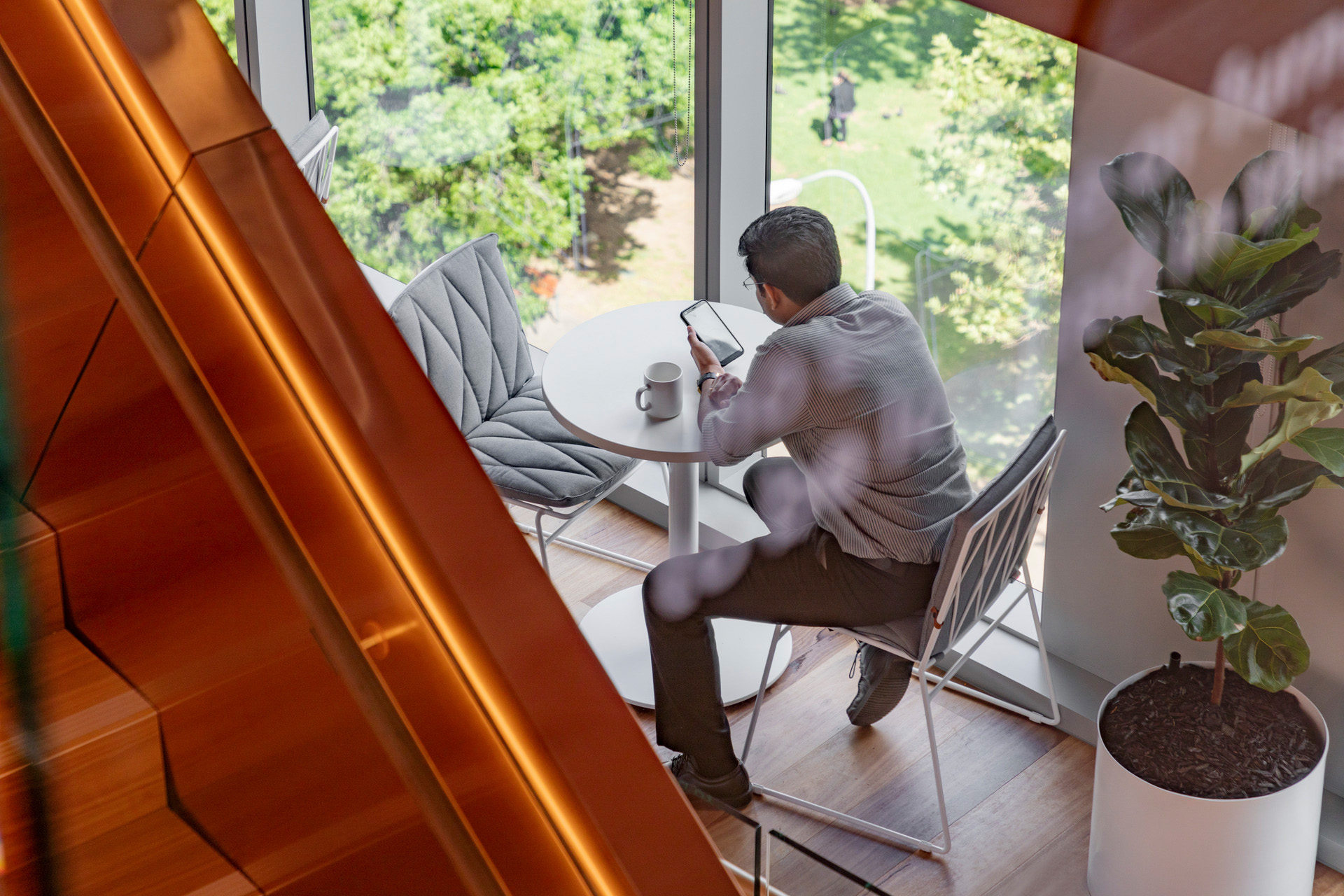
The main aim with the move was to provide people with a vastly improved and more consistent workplace experience by focussing on what people need to enjoy their work more and deliver better results. This meant giving them access to more and higher quality work spaces, technology and support services. Teams were to be given the chance to connect with each other and collaborate in improved ways, within the context of a more agile working culture.
The design, by global architects Woods Bagot aimed to set new standards for office design, not just for BHP but worldwide. The vision was clear: to “create a bold new home for BHP’s Adelaide office that reflects a proud and professional organization that is welcoming and connected.”
Surveys were carried out to gauge what people wanted, then to monitor how they responded to the new environment so relevant improvements could be made. One of the biggest important findings in the original survey was that fewer than a third (32.6 percent) of employees claimed that their office was “a place I’m proud to bring visitors to”. Following the move and redesign, the measurement of office pride increased by 59.0 percent to 91.6 percent.
The impact of the new office on people was also evident in other measures of employee sentiment. There was a 34.9 percent increase in the office being described as an enjoyable environment and a 32.4 percent increase in positivity about BHP’s corporate image.
BHP also found that productivity increased by a quarter after adopting a more flexible approach to work. People reported that the agile working environment offered them more support in both individual and group tasks. The new environment increased support for telephone calls by 49.3 percent and private conversations by 59.6 percent by reducing noise levels and interruptions while increasing privacy. This had always been a problem in the past, as it often is in open plan environments.
The greater provision of shared and collaborative spaces also meant informal or unplanned meetings saw an increase of 55.5 percent with a similar increase in the time people felt able to relax and take a break. There was also a substantial increase in reported creative thinking, jumping from 29.6 percent to 81.7 percent.
“We have transformed our workplace experience focusing on connectivity, spaces to support our evolving ways of working and improving our technology to enable more flexible and dynamic working,” said Bec Chamberlain, Principal Workplace Strategy and Transformation. “We have seen the positive impact these changes have made on our workplace culture, community and team and individual productivity. Our workplaces are places that remind people about who we are as an organisation, what we value and our purpose while providing great spaces to connect, socialise and perform. Through COVID-19 we have changed, we’ve had time to stop and consider what’s most important to us as an organisation, a community and as individuals. As our people change, so does our work environment to ensure our people are supported, connect and get great results.”
This case study first appeared in issue 9 of IN Magazine





